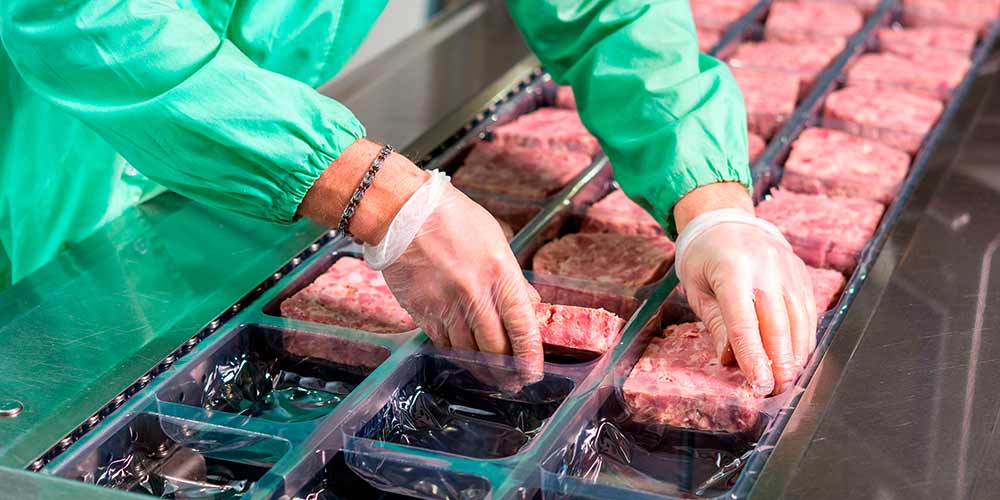
Allergens on surfaces: A source of Cross-contacts control in allergen management
18 Dec 2014The countdown to the coming into force of Regulation (EU) 1169/2011 starts. From 13th December of this year, all commercialized food has to highlight if any allergens of mandatory mention are present in their composition. Even unpackaged food and menus offering in catering or restaurants are included in this regulation.
Professionals along the chain from farm to folk must be aware of what ingredients are used in the different steps of manufacturing and handling to identify allergens correctly. In this way, final consumers can be informed correctly about allergens content, making this law useful. Hidden allergens will be one of the most dangerous enemies that workers must face to follow the law. But, where are allergens hidden? Unknown allergens have mainly two origins:
1) They can be part of the composition of a processed food as additive or preservative. For instance, egg can be added to clarification processing in wines. Also, soy lecithin is used like emulsifier to mix ingredients.
2) Cross-contacts (also known as cross contamination). When the ingredients are manipulated in powder form such flour, aerosols can appear. These particles remain in suspension in the air. Then, this powder flecks begins to deposit on the working surfaces, even on surrounding areas after cleaning. Other hideous source of cross contacts is hard-to-reach areas in equipments and utensils which are difficult to clean properly. In these areas can remain rests of allergens that can be transferred to the next manufactured product.
How to avoid hidden allergens to appear in the food product sold to the consumer? Professionals have to work with a “Hazard analysis and critical control points” system, also known as HACCP. This systematic preventive approach helps to develop a risk management plan in a logical and efficient way. However, allergen analysis presence is needed to verify that the guidelines followed really work. Where can we analyze allergens? Ingredients used in manufactured food should be analyzed not only to confirm suppliers information, but also transport and storage are correct. Besides, working, equipment and utensils surfaces needs allergen analysis to verify manufacturing processes and cleaning systems avoid cross contact phenomenon.
How to analyzed allergens presence? Among all existing methodologies, ELISA tests and immunochromatographic strips are the ones that show better sensitivity vs cost. The Proteon line by ZEULAB offers several ELISA kits and rapid strips that allow analyzing allergens in a wide range of food. The first one provides quantitative results but small laboratory equipment is required to carry out the test. The strips tests results are qualitative but the testing time is just a few minutes with no need of trained personal or infrastructures. Besides, ZEULAB also supplies a specially design kit to analyze gluten, egg or milk in working surfaces. This kit integrates all components needed to control in an easy way without any additional material. This kind of tests permits to control the cleaning of facilities at the end of the workday or even during inspection and audit activities. Therefore it becomes a valuable tool for production and quality supervisors as well as for food industry and catering companies.



